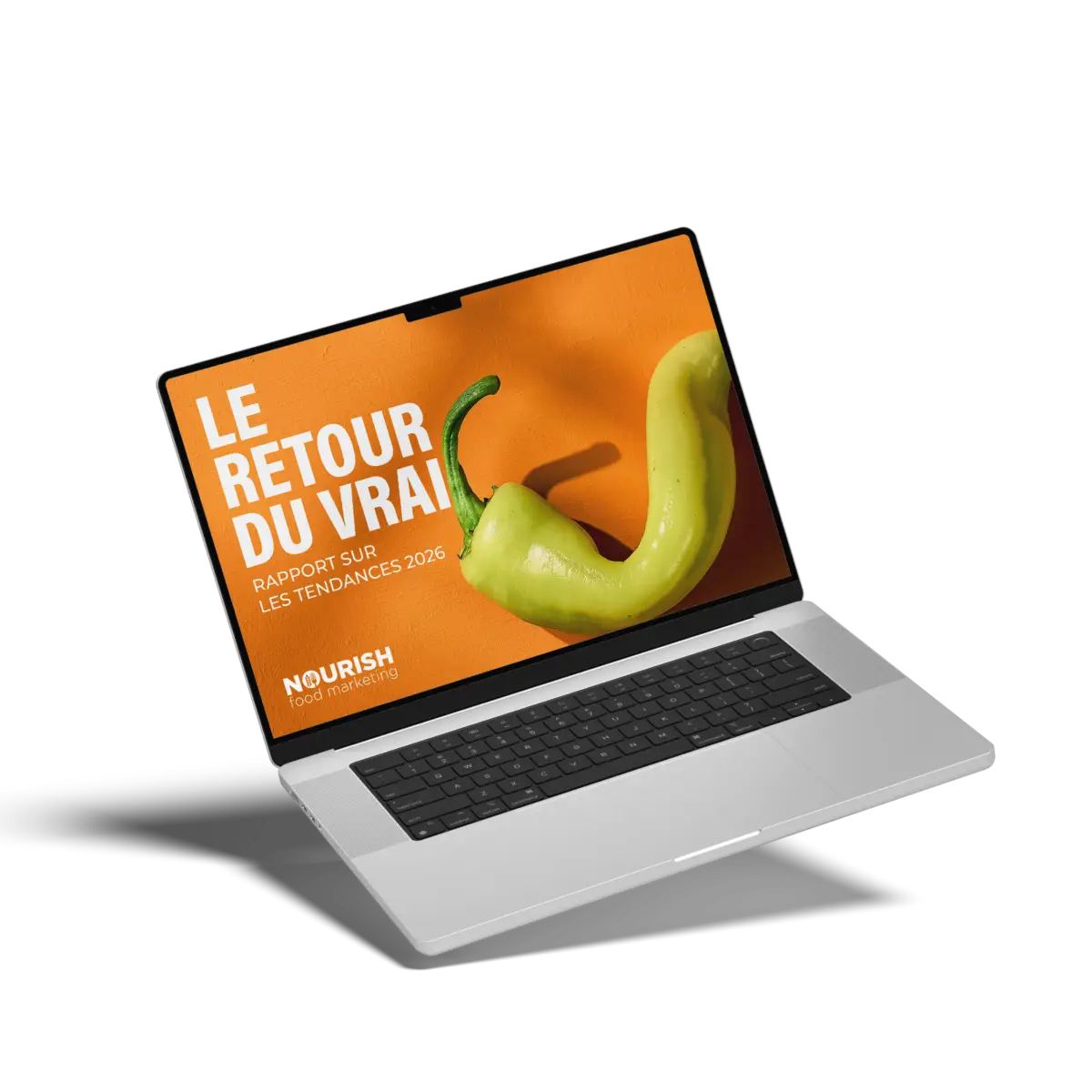Nourish Mid-Year Trend Report Update
By Jo-Ann McArthur
Innovation is crucial for growth, especially for small and medium-sized enterprises (SMEs), which make up 99.9% of all businesses in Canada. While "innovation" may seem daunting, it doesn't always require inventing something entirely new. Often, it's about connecting existing ideas in novel ways.
SMEs often have an advantage over larger corporations in innovation due to their agility. Large companies can get bogged down by bureaucracy and a focus on incremental improvements, leading to missed opportunities for disruptive innovation. That’s why Pepsi had to spend US$2 billion to buy Poppi. Where was Poppi created? In Allison and Stephen Ellsworth’s kitchen, not in a big, heavily funded R&D lab.
The food and beverage industry has seen a decline in innovation in recent years, yet significant opportunities remain. But, are you looking for them in the right places? Trends now often emerge from social media platforms like TikTok, rather than the traditional sources like fine dining. Why? Because Influencers always need new content. That’s why we’re seeing incredible innovation happening at home. For example, mature, boring cottage cheese has a new life with protein-packed ice cream, as a flatbread, or as a queso dip. That didn’t come from a dairy company. It came from a social media influencer.
It’s been six months since we first wrote about our nine 2025 trends in the Nourish Trend Report. This month, I’m highlighting three trends and giving them a midyear update. If you haven’t seen them yet, download your free copy now to get caught up.
1. Supporting the GLP-1 Journey
GLP-1 drugs like Ozempic are significantly impacting consumer behaviour and eating habits. Approximately 12% of North American adults have used GLP-1 drugs. Note that Innova’s latest data shows that the number has grown to 20% in the US., and they’ve just been approved for weight management for kids 12 and older!
Amongst the behavioural changes we see include a reduction in grocery spending in households using GLP-1 medications, simply because they don’t need as much food as they used to. To compensate, consumers are seeking products that support their new way of eating, with a focus on protein, fibre, and digestive ease.
Many brands are beginning to respond with specialized products:
Smoothie King launched a GLP-1-specific menu with beverages that feature functional ingredients, added protein, and fibre.
Sturdy Pasta Sauce offers a high-protein sauce with 80 grams of protein per bottle.
Conagra’s Healthy Choice now features “on track” badges on 26 items in its Healthy Choice line, indicating they are “GLP-1 friendly” (high in protein, low in calories and a good source of fibre).
Nestlé innovated a protein shot version of its popular Boost meal-supplement beverage, designed to trigger the release of GLP-1 naturally.
Brands must adapt to these changing consumer needs or they risk being overlooked or left behind. Even if you’ve been a lifelong favourite, if your consumers can no longer fit your product into their lifestyle, they may leave you on the shelf. Do you have a GLP-1 strategy for your business?
2. H2O 2.0: Enhanced Hydration
Water is more than just hydration; it's becoming a cultural phenomenon. Consumer interest in hydration has increased significantly, and there's a growing demand for water with added functionality, such as vitamins, minerals, and electrolytes. If you’re looking for your white space, consider this: bottled water accounts for the largest share of beverages at nearly 28%. In comparison, value-added water only accounts for 1.5%, leaving lots of room for innovation.
This trend is about ritual, recovery, and performance, with some recent launches offering innovative hydration solutions:
Water Boy Hydration offers hydration sticks formulated for different needs, like daily support, hangover relief, and post-workout.
Recoup is a sparkling probiotic drink for gut-friendly hydration.
Roam SodaTop is a device that turns any water bottle into a sparkling water maker.
Unilever launched LIQUID I.V., a hydration-boosting blended drink.
3. I Wanna Live Forever: Eating for Longevity
Longevity is a rising focus, with consumers seeking food and beverage products that support healthy aging. Happening as we go to press is Vitalist Bay, an 8-week longevity zone event in Berkeley, California, bringing the world’s best minds together to extend human healthspan & “solve” aging.
There's an increased interest in diets and superfoods associated with longevity. One of the best-known is the Blue Zone diet, a consumption pattern based on those found in parts of the world noted for above-average lifespans.
Additionally, many consumers are demanding more functionality from their food to aid with overall wellness. This includes prioritizing products that support brain health, metabolic efficiency, and sleep.
This trend is driving demand for products like:
Marks & Spencer (UK) launched a line called Brain Food, developed in association with the British Nutritional Foundation, with nutrients that benefit cognitive health.
Blue Zones Kitchen expanded into breakfast with Steel Cut Oatmeal offerings.
GLP-1 microdosed drops are sold in the U.S. for anti-aging.
What’s good for me is often seen as also good for Fido, so trends often extend into the Companion Pet category. Nestlé has created an algorithm to determine a dog’s biological age and launched the Petivity Microbiome Analysis Kit for tailored pet nutrition.
By understanding these key trends, food brands can position themselves for future growth and success.
If you're searching for an agency that deeply understands consumers and the food system, please reach out. Specialization is our secret sauce—we'd love to support you in your future food journey!
